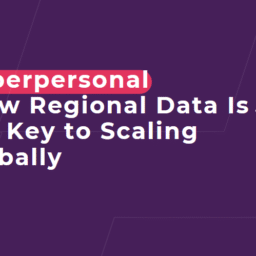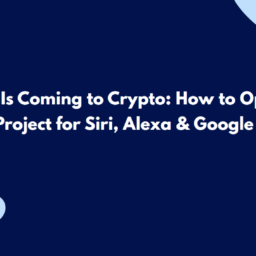Marketing isn’t just about products or services—it’s about creating a connection. Emotional triggers are powerful tools that tap into the feelings, desires, and aspirations of your audience, motivating them to engage with your brand. This blog will delve into how to identify, understand, and use emotional triggers to foster genuine connections and drive action.
What Are Emotional Triggers?
Emotional triggers are psychological cues that evoke specific feelings, influencing a person’s decisions. These triggers can range from happiness and nostalgia to fear and urgency, playing a significant role in shaping consumer behavior.
Why Emotional Triggers Matter
- Builds Connection: Emotional resonance strengthens the bond between your brand and its audience.
- Drives Action: Emotions often drive purchasing decisions more than logic.
- Enhances Recall: People are more likely to remember brands that made them feel something.
Common Emotional Triggers in Marketing
- Happiness and Joy
- Examples: Sharing uplifting stories, vibrant visuals, or inspiring messages.
- Application: Coca-Cola’s “Open Happiness” campaign is a classic example of using joy to promote brand affinity.
- Fear and Urgency
- Examples: Highlighting risks of inaction or promoting limited-time offers.
- Application: Antivirus software brands often use fear of cyber threats to encourage subscriptions.
- Nostalgia
- Examples: Revisiting past trends or experiences that evoke fond memories.
- Application: Brands like Nintendo successfully revive classic games to appeal to nostalgic gamers.
- Belonging and Community
- Examples: Fostering inclusivity, shared values, or social causes.
- Application: Patagonia’s focus on environmental activism creates a sense of belonging among eco-conscious consumers.
- Desire and Aspiration
- Examples: Highlighting success stories or aspirational lifestyles.
- Application: Luxury brands like Rolex often portray their products as symbols of achievement.
- Empathy and Compassion
- Examples: Sharing relatable struggles or supporting charitable causes.
- Application: Dove’s “Real Beauty” campaign celebrates diverse beauty standards to connect empathetically with women.
How to Identify Emotional Triggers in Your Audience
- Conduct Audience Research
- Use surveys, focus groups, and social media listening to understand your audience’s motivations and challenges.
- Analyze Behavioral Data
- Study patterns in clicks, purchases, and engagement to identify what resonates emotionally.
- Leverage Personas
- Create detailed buyer personas to represent your audience’s emotional drivers.
- A/B Test Content
- Experiment with different emotional appeals in your messaging to see what performs best.
Strategies to Use Emotional Triggers Effectively
- Storytelling
- Share compelling stories that evoke emotions and make your brand memorable.
- Example: Airbnb’s stories of travelers finding “home anywhere” resonate with a sense of belonging.
- Use Visuals and Music
- Pair your messaging with imagery and soundtracks that amplify emotional appeal.
- Example: Charity ads often use heartfelt music and imagery to evoke empathy.
- Create FOMO (Fear of Missing Out)
- Highlight exclusive deals or limited-time offers.
- Example: Amazon’s Prime Day capitalizes on urgency and exclusivity.
- Appeal to Core Values
- Align your brand with causes or beliefs your audience cares about.
- Example: TOMS’ “One for One” campaign appeals to compassion and social responsibility.
- Engage on Social Media
- Respond to comments, share relatable memes, and participate in trending conversations to build emotional connections.
Ethical Considerations
- Avoid Manipulation: Use emotional triggers responsibly to build trust, not exploit vulnerabilities.
- Be Authentic: Overuse or insincerity in emotional appeals can backfire.
Measuring Success
- Track metrics like engagement rates, conversion rates, and customer loyalty.
- Use tools like Google Analytics, Hootsuite, or Brandwatch to assess emotional resonance.
Conclusion
Understanding emotional triggers is a vital part of creating impactful marketing campaigns. By tapping into the emotions that drive your audience, you can foster deeper connections, inspire action, and build a loyal customer base. The key lies in authenticity, empathy, and a clear understanding of your audience’s needs and desires.




